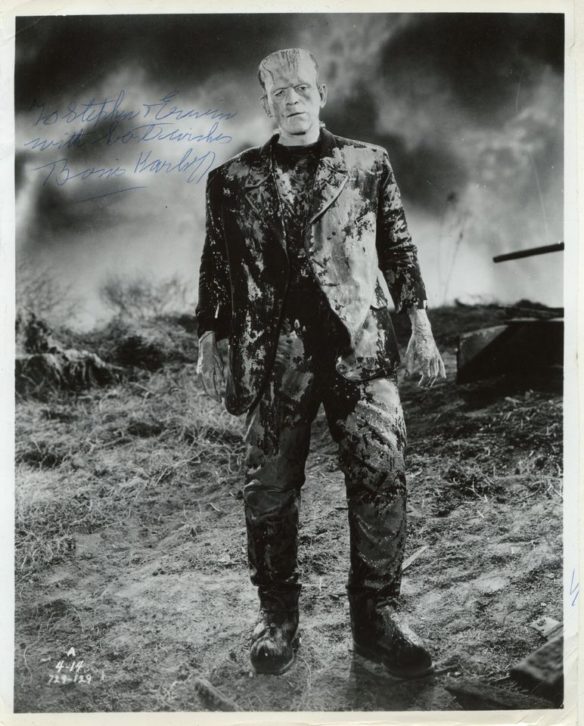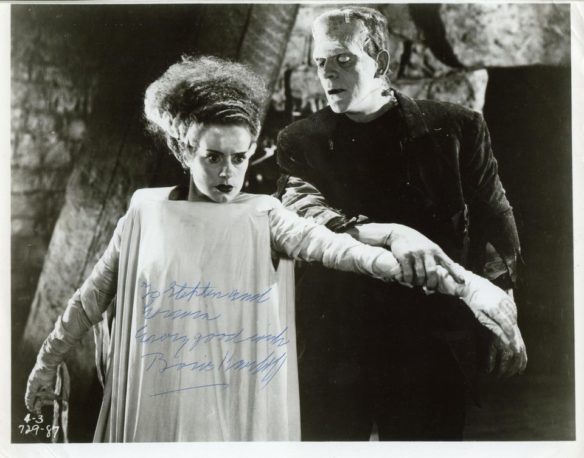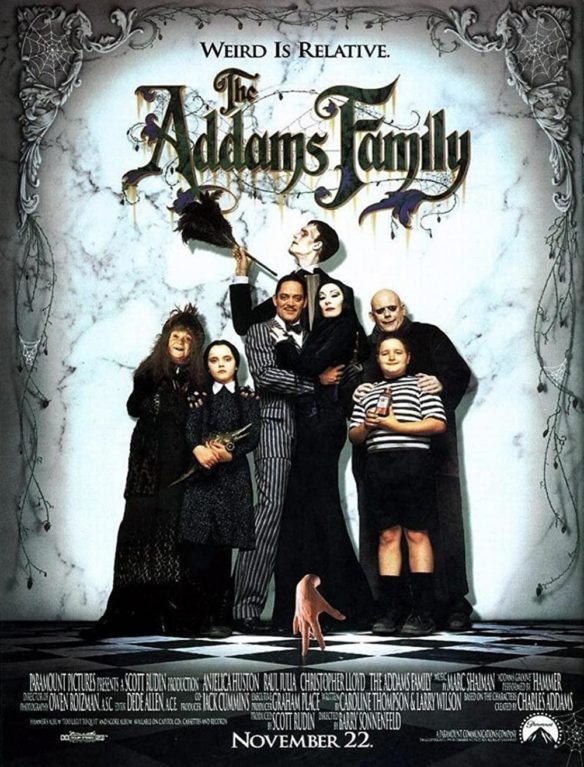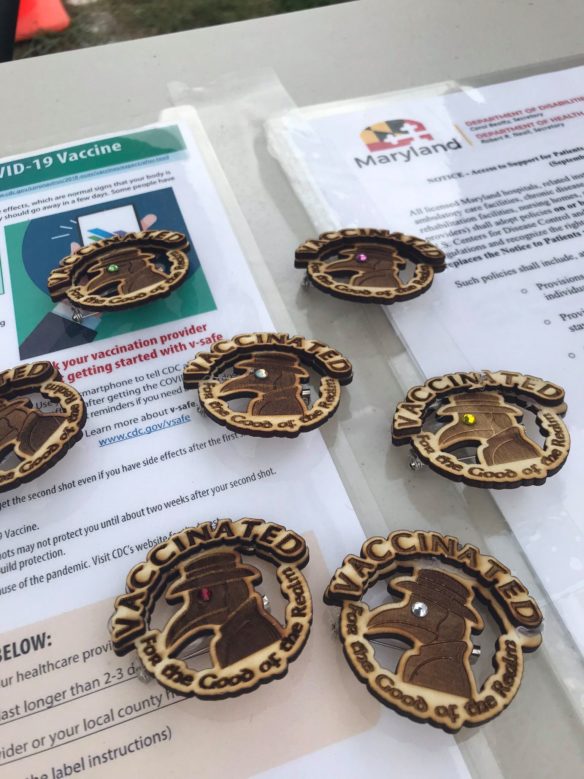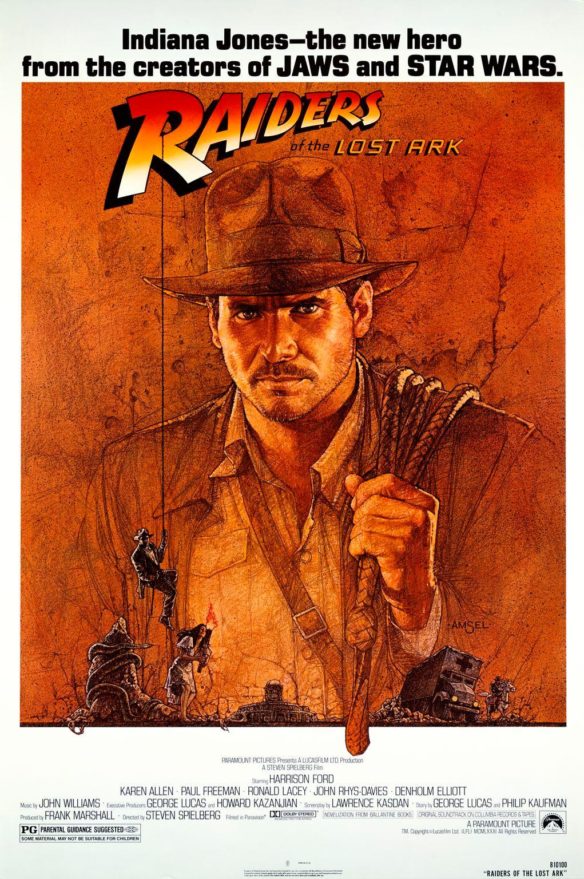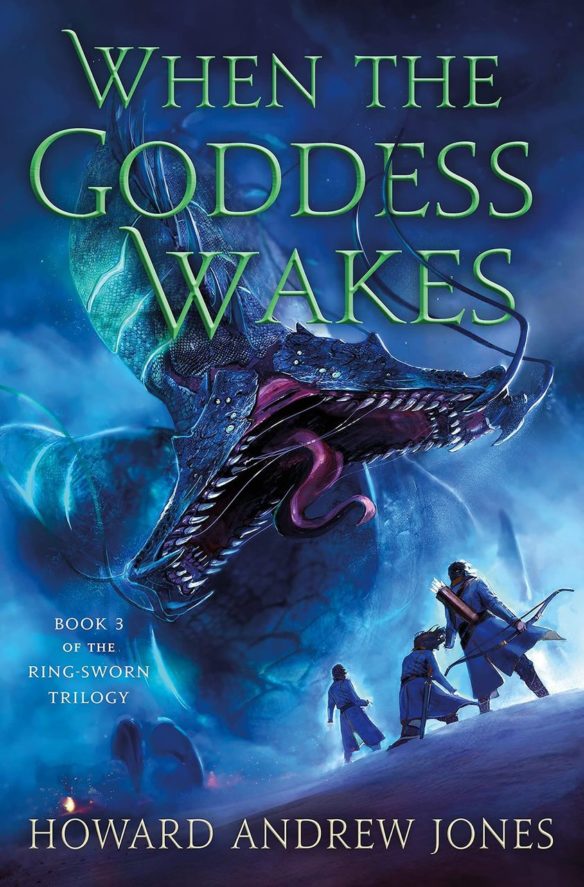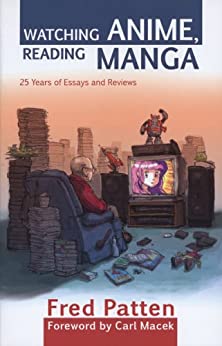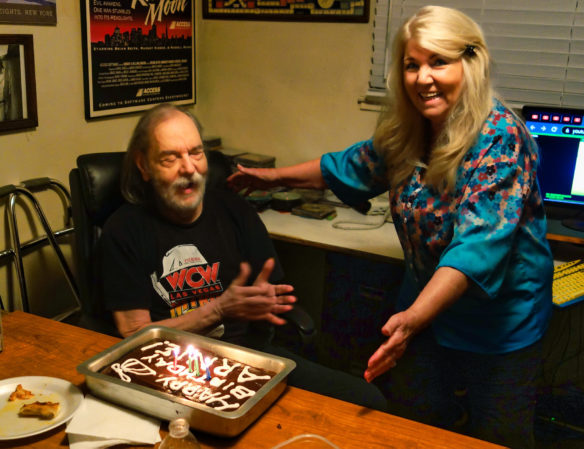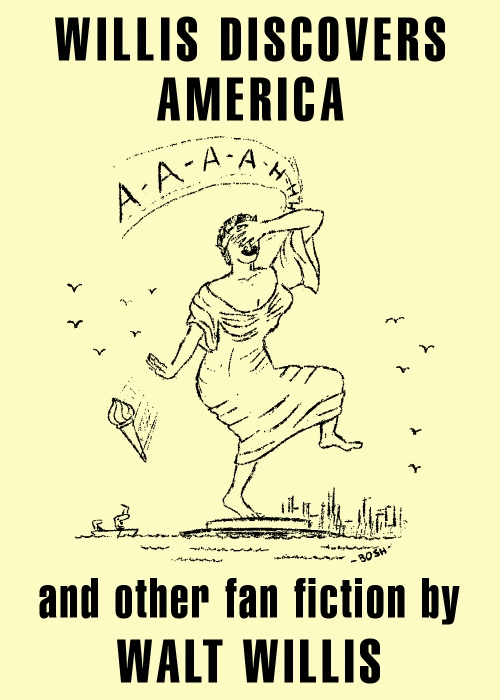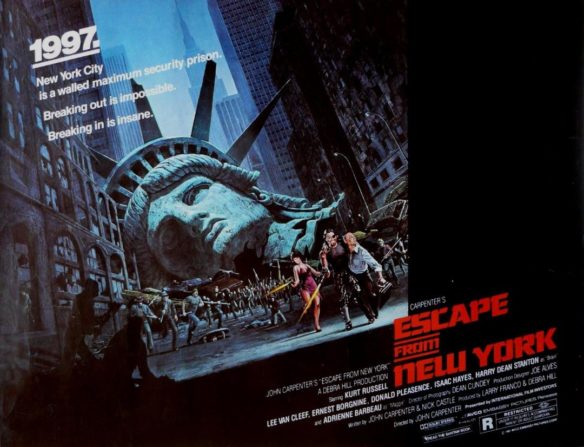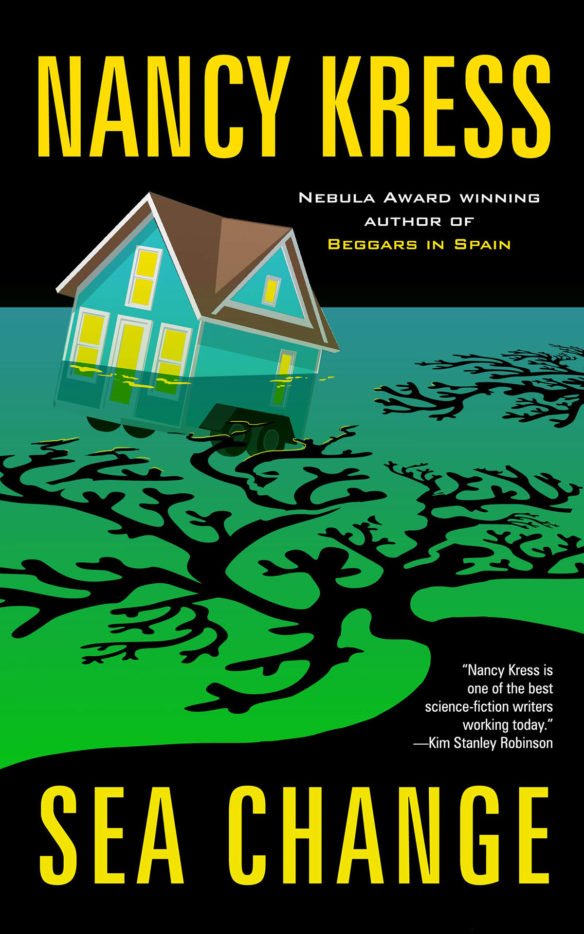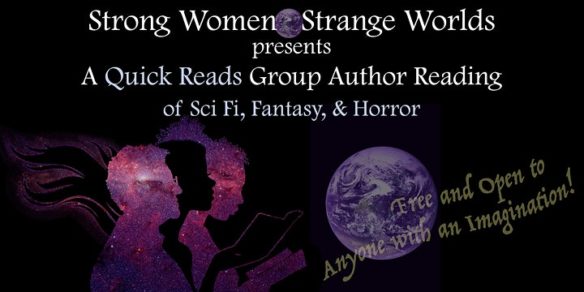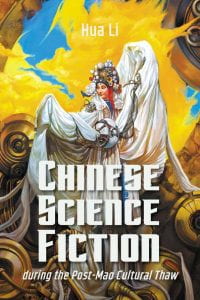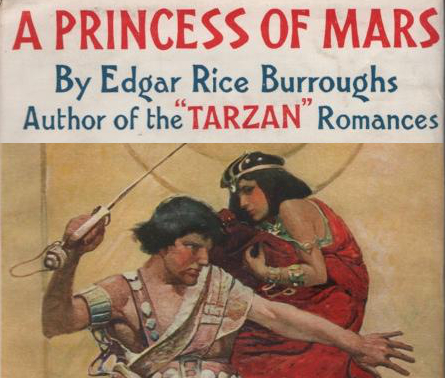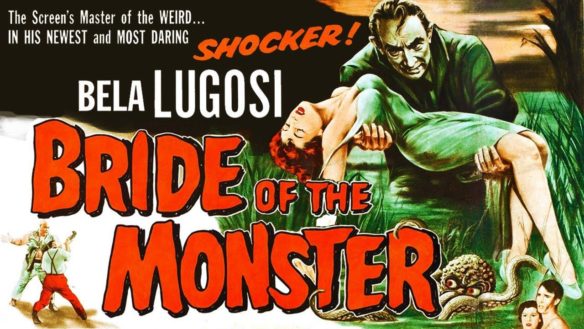(1) KEEPING THE RR IN GRRM. Thanks to checks from George R.R. Martin and his fellow investors, a moribund Santa Fe, NM railroad is being revived as the Sky Railway, open to riders on December 3. Martin told readers of Not a Blog:
On December 3, right here in New Mexico, we will be opening the Sky between Santa Fe and Lamy.
Sky Railway, to be precise.
That’s the new name of the old Santa Fe Southern, the historic short-haul railroad originally build by the Atchison, Topeka, and Santa Fe back in the nineteenth century. Largely moribund since 2012, the railway was acquired in 2020 by a group that included me, Bill Banowsky (founder of Magnolia Films and Violet Crown Cinemas), bestselling mystery author Douglas Preston, and five other prominent Santa Feans (Margaritas may have had something to do with our decision). We’ve been busy ever since restoring and refurbishing the cars, repairing the tracks and tressels, replacing old seats, fixing broken windows, even installing a new engine into one of our old locomotives. All of which took longer and cost more than we had originally anticipated… but hey, that’s pretty much always the case….
(2) DOOMSLAYER. In “Kim Stanley Robinson on Science Fiction and Reclaiming Science for the Left”, Jacobin’s Daniel Aldana Cohen interviews the author.
DAC: What is your mood on climate politics in fall 2021? What developments are keeping you up at night? What developments are making you optimistic that we can avoid the worst?
KSR: I’m scared by the latest IPCC report, which confirms that we are in terrible trouble — on the edge of catastrophe. And we need to act fast.
I’m encouraged by the discoveries that I’ve made since writing The Ministry for the Future. I wrote that book mostly in 2019. That’s like a previous geological era now, because of the pandemic. Certainly the timeline that I portrayed in Ministry for the Future, which was vague and notional anyway, is shot, because things are happening faster in the mitigation front.
The catastrophes are coming faster than scientists predicted, but within the range of their predictions. The response is picking up, because the pandemic was a slap in the face. I didn’t know about the Network for Greening the Financial System: 89 of the biggest central banks trying to figure out how to tweak finance towards green work.
I didn’t know that there were actual papers in Nature quantifying the possibilities of pumping water out from under the big glaciers in Antarctica and Greenland. I wrote about them in Ministry for the Future, but I wrote about them as if they were not yet in existence — when they already had been for a few years. So I was behind the curve in some ways.
(3) STOP THE $CAM. “Tolkien estate blocks ‘JRR Token’ cryptocurrency” – the Guardian has the story.
The Road might go “ever on and on” for Bilbo Baggins, but it has come to a sharp end for the developer of a cryptocurrency called JRR Token, after the estate of JRR Tolkien took legal action to block it.
The Lord of the Rings-themed cryptocurrency, with the tagline “The One Token That Rules Them All”, launched in August. It came with a video endorsement from Billy Boyd, the actor who played Pippin in the films, and the head-scratching claim that “Saruman was trying to unify Middle Earth under centralised rule whereas the fellowship wanted decentralisation. Cryptocurrency is literally a decentralised network.”
The Tolkien estate was not convinced. It took action almost immediately via the World Intellectual Property Organization’s arbitration procedure, where it argued that the product infringed its trademark rights to JRR Tolkien’s name, and that the domain name was “specifically designed to mislead internet users into believing that it and the website to which it resolves have some legitimate commercial connection” with Tolkien….
See, the estate might not have minded if these fellows had started the relationship off right, by paying them a bunch of money (not cryptocurrency, of course.)
(4) JODOROWSKY STORYBOARDS AUCTIONED. On the other hand, Christie’s is doing quite well accepting Euros: “Film storyboards for doomed 1970s version of Dune sell for €2.7m” reports the Guardian.
The storyboards for the doomed 1970s film version of sci-fi classic Dune have sold for €2.66m ($3m) at auction, about 100 times the expected price.
Long considered a mythical object by sci-fi fans, the notebook of drawings for the film by Franco-Chilean director Alejandro Jodorowsky triggered a bidding war at Christie’s in Paris.
The film project was supposed to bring together some major stars of the period, including Salvador Dalí, Mick Jagger and Pink Floyd – but fell apart after four years of preparation due to lack of funding.
The auction went down to two determined bidders, with an American eventually emerging victorious.
Christie’s admitted their initial valuation for the drawings – between €25,000 and €35,000 – had failed to account for the spike in interest triggered by the new version of the film starring Timothée Chalamet, which has topped box offices around the world.
(5) MAZE BRUNNER. The New Yorker tells “How the World’s Foremost Maze-Maker Leads People Astray”. “Adrian Fisher has devoted the past four decades to bringing back mazes, long regarded as historical curiosities. He has created more than seven hundred—including one on a skyscraper in Dubai and another that’s now reproduced on Britain’s five-pound note.”
…[Archbishop] Runcie’s dream gave him an idea: Fisher wrote to the letters page of the London Times, briefly outlining the maze’s long history as a Christian symbol and noting that, as in the Archbishop’s dream, a maze’s goal is typically reached not by “pressing toward the center” but, rather, by “returning almost to the edge,” in order to find the proper path. In his signature, Fisher styled himself a “Maze Consultant,” and, before long, this stealth marketing had reeled in a customer, and Minotaur’s first public commission. Lady Elizabeth Brunner, a former actress who was married to a chemical magnate, invited Fisher to tea. Over scones and jam, she wondered aloud whether he might create an Archbishop’s Maze, inspired by Runcie’s words, in her garden at Greys Court, a Tudor manor house in Oxfordshire….
(6) WARHAMMER AGAINST HATE GROUPS. It is unknown what the inciting incident (if any) was for this, but Games Workshop put out a very strong statement about not wanting any real-life hate groups represented at their events and stores: “The Imperium Is Driven by Hate. Warhammer Is Not.” The full statement is at the link.
…That said, certain real-world hate groups – and adherents of historical ideologies better left in the past – sometimes seek to claim intellectual properties for their own enjoyment, and to co-opt them for their own agendas.
We’ve said it before, but a reminder about what we believe in:
“We believe in and support a community united by shared values of mutual kindness and respect. Our fantasy settings are grim and dark, but that is not a reflection of who we are or how we feel the real world should be. We will never accept nor condone any form of prejudice, hatred, or abuse in our company, or in the Warhammer hobby.”
If you come to a Games Workshop event or store and behave to the contrary, including wearing the symbols of real-world hate groups, you will be asked to leave. We won’t let you participate. We don’t want your money. We don’t want you in the Warhammer community….
(7) PAY ATTENTION TO THIS CLEVER WRITING, DAMMIT! “Why Does Everyone In Netflix’s Cowboy Bebop Talk Like That?” – Gita Jackson tells Vice readers the answer.
What happens when fans of Joss Whedon grow up and start working in television and movies? Netflix’s remake of Cowboy Bebop.
I can’t say for sure if the writers and showrunners on Bebop were, like I once was, huge fans of Buffy or Angel, the two shows that put Whedon on the map. Based on the way the characters speak, it sure sounds like it, though. Over the years, I’ve begun to notice more and more “Whedonspeak,” as the phenomenon used to be called, in mainstream television and movies. Describing the qualities that make dialogue sound Whedonesque is now difficult though, because those qualities are ubiquitous.
….Characters in Whedon’s shows talk a lot, and they talk in very particular ways. Characters are often imprecise in their language, letting sentences trail off as they struggle to articulate themselves. They turn nouns into verbs and vice versa. They say “thing” or “thingy” or “stuff” in place of more descriptive terms. Often these characters metatextually comment on their surroundings or the environments they’re in, usually in a sarcastic or snarky way. The tone of this is pretty “wink wink, nudge nudge,” as if the writers are speaking through the characters to the audience, rather than the characters commenting on the situation they are in….
When Buffy Summers says, “Well, if this guy wants to fight with weapons, I’ve got it covered from A to Z, from axe to… zee other axe,” that’s a prime example of Whedonspeak. When, in long-running BBC show Doctor Who, the titular Doctor says, “This is my timey-wimey detector. It goes ding when there’s stuff,” that is also Whedonspeak. This clip, where the lead characters of Star Wars movie The Rise of Skywalker say “They fly now? They fly now!” to each other shows you how far the phenomenon of Whedonspeak has spread….
(8) BEES KNEES. Diana Gabaldon’s interview in the Guardian contains a not-very-subtle dig at George R.R. Martin: “Outlander author Diana Gabaldon: ‘I needed Scotsmen because of the kilt factor’”.
…Fans have been waiting for it since 2014, when Written in My Own Heart’s Blood left them hanging, but Gabaldon has been somewhat delayed by the television adaptation of her series, which kicked off that year and on which she is a consultant. Go Tell the Bees, in which Jamie and Claire have finally been reunited with their time-travelling daughter Brianna and her family in 1779 North Carolina, only for the American revolution to cast its shadow over their lives, also runs to more than 900 pages.
I feel sorry for George RR Martin – his show caught up with him. But they’ll never catch me
“It was definitely more of a challenge to write, mostly because of the chronology, which was very complicated,” she says. In any event, seven years is less time than fans of George RR Martin have been holding on for the sixth Game of Thrones novel; Gabaldon has, incidentally, included a chapter in her latest doorstopper called The Winds of Winter – a “nod or a dig, depending on how you want to interpret it” at Martin’s writing speed.
“Poor George, I feel very sorry for him,” she says. “What happened is that his show caught up with him, and he then met with the showrunners and he told them what he was planning to do in that book, so that they could then write accordingly. Only they didn’t write accordingly, they took his stuff, and distorted it and wrote their own ending, which wasn’t at all what he had in mind but used all the elements that he told them.”
(9) MEDIA BIRTHDAY.
1963 — Fifty-eight years ago, “An Unearthly Child”, the very first Doctor Who story, began airing on the BBC. Scripted by Australian writer Anthony Coburn, the serial introduced William Hartnell as the First Doctor and his original companions of Carole Ann Ford, the Doctor’s granddaughter, Susan Foreman, with Jacqueline Hill and William Russell as school teachers Barbara Wright and Ian Chesterton.
Reception was mixed with The Mail, Daily Worker and Television Today liking it very much while the Guardian was rather unimpressed by it. Current critics think it’s fine if a bit long in the latter two parts. There’s a story that it was cancelled after this series due to quite poor ratings before being revived a month later but that makes no sense give the short turn-around time between the two series. It has a sixty-eight percent rating currently among audience reviewers at Rotten Tomatoes. You can watch it here.
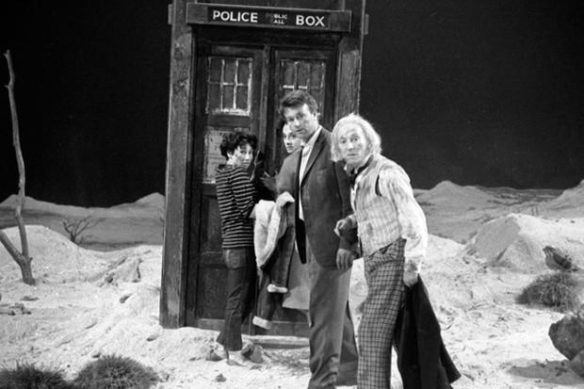
(10) TODAY’S BIRTHDAYS.
[Compiled by Cat Eldridge.]
- Born November 23, 1887 — Boris Karloff. Where do I start? Well, consider the Thirties. He portrayed Frankenstein’s monster in Frankenstein, Bride of Frankenstein and Son of Frankenstein, and Imhotep in The Mummy. And he played a great pulp character in Dr. Fu Manchu in The Mask of Fu Manchu too! Now let’s jump forward to the Sixties and the matter of Dr. Seuss’ How the Grinch Stole Christmas! which featured him as both the voice of The Grinch and the narrator of the story as well. I know I’ve skipped four decades of that means not a word about such as Abbott and Costello Meet Dr. Jekyll and Mr. Hyde where he was the latter. (Died 1969.)
- Born November 23, 1914 — Wilson Tucker. Author and very well known member of fandom. I’m going to just direct you here to “A Century of Tucker” by Mike as I couldn’t say anything about him that was this good. (Died 2006.)
- Born November 23, 1916 — Michael Gough. Best known for his roles in the Hammer Horror Films from the late Fifities and for his recurring role as Alfred Pennyworth in all four films of the Tim Burton / Joel Schumacher Batman series. His Hammer Horror Films saw him cast usually as the evil, and I mean EVIL! not to mention SLIMY, villain in such films as Horrors of the Black Museum, The Phantom of the Opera, The Corpse and Horror Hospital, not to overlook Satan’s Slave. Speaking of Doctor Who, Gough appeared there, as the villain in “The Celestial Toymaker” (1966) and then again as Councillor Hedin in “Arc of Infinity” (1983). He also played Dr. Armstrong in “The Cybernauts” in The Avengers (1965) returning the very next season as the Russian spymaster Nutski in “The Correct Way to Kill”. Gough worked for Burton again in 1999’s Sleepy Hollow and later voice Elder Gutknecht in Corpse Bride. He would mostly retire that year from performing though he would voice later that Corpse Bride role and the Dodo in Burton’s Alice in Wonderland. (Died 2011.)
- Born November 23, 1951 — David Rappaport. I remember him best as Randall, the leader of the gang of comically inept dwarves in Time Bandits who steal the map to the Universe. I’m reasonably sure that it’s the only thing he’ll be remembered for of a genre nature having looked up his other works and found them to be decidedly minor in nature. Most of them such as The Bride, a low budget horror film, were artistic and commercial disasters. It is said that his death by suicide in 1990 is one of the reasons cited by Gilliam for there not being a sequel to Time Bandits. (Died 1990.)
- Born November 23, 1955 — Steven Brust, 66. Of Hungarian descendant, something that figures into his fiction which he says is neither fantasy nor SF. He is perhaps best known for his novels about the assassin Vlad Taltos, one of a scorned group of humans living on a world called Dragaera. All are great reads. His recent novels also include The Incrementalists and its sequel The Skill of Our Hands, with co-author Skyler White. Both are superb. His finest novel? Brokedown Palace. Oh, just go read it. It’s amazing. And no, I don’t love everything he’s done. I wrote a scathing reviewing of Cowboy Feng’s Space Bar and Grille that he told us at Green Man that he might be the only person who liked the novel. Freedom & Necessity with Emma Bull is decidedly different but good none the less and his Firefly novel, My Own Kind of Freedom, is stays true to that series. He’s quite the musician too with two albums with Cats Laughing, a band that includes Emma Bull, Jane Yolen (lyrics) and others. The band in turn shows up in Marvel comics. A Rose For Iconoclastes is his solo album and “The title, for those who don’t know, is a play off the brilliant story by Roger Zelazny, “A Rose For Ecclesiastes,” which you should read if you haven’t yet.” Quoting him again, ““Songs From The Gypsy” is the recording of a cycle of songs I wrote with ex-Boiled-in-Lead guitarist Adam Stemple, which cycle turned into a novel I wrote with Megan Lindholm, one of my favorite writers.” The album and book are quite amazing!
- Born November 23, 1966 — Michelle Gomez, 55. Best known genre role is Missy, a female version of The Master on Doctor Who from 2014 to 2017, for which she was nominated for the 2016 BAFTA TV Award for Best Supporting Actress. I admit having grown up with Roger Delgado as The Master so later performers playing this role took a bit of getting used but she made a fine one. She is also Mary Wardwell in The Chilling Adventures of Sabrina. She plays Talia Bauerin in Highlander: The Raven which apparently is a very short-live spinoff from the Highlander series. And she shows up in the Gotham series for two episodes simply as The Lady. She is now playing Madame Rouge on the Doom Patrol.
- Born November 23, 1967 — Salli Richardson-Whitfield, 54. Best known genre role is as Dr. Allison Blake on Eureka which apparently in syndication is now called A Town Called Eureka. H’h? I’m reasonably sure her first genre role was as Fenna / Nidell in the “Second Sight” of Deep Space Nine but she charmingly voiced Eliza Mazda, the main human character, on the Gargoyles series! She shows up as the character named Dray’auc in “Bloodlines” on Stargate Sg-1 and had a role on a series called Secret Agent Man that may or may have existed. She was Maggie Baptiste in Stitchers, a series that lasted longer than I expected it would.
- Born November 23, 1970 — Oded Fehr, 51. Actor from Israel whose most well-known genre roles are as the mysterious warrior Ardeth Bay in The Mummy and The Mummy Returns, and as Carlos Oliveira (or his clone) in three of the Resident Evil films: Apocalypse, Extinction, and Retribution. (His Mummy roles no doubt led to his casting in voice roles in Scooby-Doo in Where’s My Mummy? and as The Living Mummy in the animated Ultimate Spider-Man and Hulk and the Agents of S.M.A.S.H.) On Charmed, he played the demon Zankou, the main villain of the show’s seventh season. He’s had an impressively long list of appearances on TV series, including recurring roles on Once Upon A Time, Stitchers, V, and The First, a series about the first mission to Mars. He has also voiced characters on numerous other animated features and series. He appeared in the third season of Discovery as Fleet Admiral Charles Vance.
(11) BIRTHDAY P.S. — CELEBRATING BORIS KARLOFF’S BIRTHDAY! [Item by Steve Vertlieb.] Born November 23rd, 1887, Boris Karloff would have celebrated his birthday today.
He was a gentle giant who charmed children of all ages, while thrilling their parents in beloved tales of classic terror. The wonderful Boris Karloff was born on November 23rd, 1887, and is the subject of a new, full length, screen documentary, written and produced by Ronald Maccloskey, entitled “Boris Karloff: The Man Behind The “Monster.”
“Karloff, The Uncanny” became Frankenstein’s “Monster” to generations of adoring movie goers but, at his core, was a cultured gentleman, loving father, and hard working performer who co-created the legendary Screen Actor’s Guild in his quest for equal rights for actors all over the world.
His cinematic legacy is incalculable. William Henry Pratt was a cultured, lovely soul whose presence enriched the timeless fabric of motion pictures, television, radio, and the Broadway stage, and became the most enduringly beloved actor in the checkered history of classic “Horror Films.” Here is my affectionate remembrance of this gentle giant … the undisputed “King of Horror” …the one and only Boris Karloff. “The Thunder Child: Vertlieb’s Views: The Life of Boris Karloff”.
(12) COMICS INDUSTRY UNIONIZING. “Image Comics’ Union Organizing: Will Others In Comic Book Industry Follow?” – The Hollywood Reporter has a progress report.
…But on Nov. 1, staffers from Image Comics — home to Spawn, The Walking Dead and Savage Dragon franchises — formed a union called Comic Book Workers United (CBWU), with 10 of the 12 eligible staffers voting to organize and go public. The employees were assisted by organizers from the Communications Workers of America, a labor giant organizing workers across multiple industries.
…While unions are a long-standing reality for the movie-making parent companies of publishers like DC and Marvel, the comic book industry has historically been resistant, with publishers having fired creators discussing the possibility in the past. No creative guild exists solely for comic book freelancers; the Writers Guild of America’s minimum basic agreement is based upon work developed for broadcast rather than print, and the Science Fiction and Fantasy Writers of America only recently voted to admit comic writers and graphic novelists. “We’re crafting membership requirements for this new group of creators,” SFWA president Jeffe Kennedy says of the organization’s current position.
Of the nine goals the CBWU lists on its website, there is an obvious through-line, visible via repeated requests for transparency in terms of workload and employer expectations; the group asks for the opportunity to provide “white glove attention for all the books we publish … in reasonable proportion to the actual quantity of output we generate.”…
(13) SIGHTED BY SOCIAL MEDIA’S HUBBLE TELESCOPE. John Scalzi explains the growth on his 2008 Best Fan Writer Hugo Award.
(14) STAR TREK MAKES HISTORY. [Item by Martin Morse Wooster.] I saw an episode of “The Center Seat: 55 Years of Star Trek” on the History Channel. The episode, narrated by Gates McFadden, was about the animated series of 1973-74. The show’s creators were proud that it is the only version of Star Trek to win an Emmy for writing (others have won for makeup) and that it was the first version of Star Trek to feature Native American mythology. Larry Niven and David Gerrold were both interviewed about their scripts for the series; Niven’s was the rare episode where a character died on Saturday morning cartoon television.
The Center Seat: 55 Years Of Star Trek is a multi-episode documentary series that takes viewers on the definitive in-depth journey behind the scenes of one of the greatest landmark franchises of all time: Star Trek. Celebrating the show’s 55th anniversary, each episode focuses on a different chapter in the groundbreaking program’s history, starting with its inception at Lucille Ball’s legendary production company Desilu. Interviews with the cast, crew and experts reveal never-before-heard backstage stories and offer fresh insights. No stone is left unturned, including lesser-known aspects of the franchise like The Animated Series and Phase II. Additionally, The Center Seat features one of Leonard Nimoy’s final in-depth Trek interviews. Star Trek is the most iconic television science-fiction saga of all time and remains more popular than ever. The Center Seat details how it began, where it’s been, and how it’s boldly going where no television series has gone before!
(15) DUEL. Artist Will Quinn did this piece based on David Lynch’s Dune (1984):
(16) NEEDS A CINEMATIC MULLIGAN. Screen Rant declares these are “10 Cheesy Sci-Fi Movies That Deserve Remakes”. Or maybe not, with this on their list —
Plan 9 From Outer Space (1957)
Plan 9 From Outer Space is often regarded as the worst movie of all time, and the making of it is well documented in the Tim Burton biopic Ed Wood, which is about the titular eccentric writer and director. However, as bad as it is, there are a lot of great ideas in it.
As outrageous as it sounds, the movie’s narrative of extraterrestrials attempting to stop humanity from creating a doomsday device that could destroy the universe is oddly relevant. With so much war and nuclear weapons that could be detonated at any time, a Plan 9 From Outer Space could be shockingly dramatic and could play out like an episode of Black Mirror.
(17) AR ON AI. Amber Ruffin answers the question, “Why Does Artificial Intelligence Always End Up Being Racist?”
…There’s a medical algorithm that favors white patients over sick or black ones, which is unforgivable in a system that already treats black people like an afterthought. Unfortunately in America getting appropriate health care is a lot like playing chess: when you’re white you always get to go first. That’s why my strategy and either one is to just yell “King me!” and see if i get anything extra…
(18) VIDEO OF THE DAY. [Item by Martin Morse Wooster.] In “Honest Trailers: Shang-Chi And The Legend of Ten Rings” on YouTube, the Screen Junkies say the movie is about “the ultimate power fantasy: Kicking your dad’s ass” and the film combines Jackie Chan comedy, wuxia super action, and “the CGI toilet slurry of a Marvel third act.”
[Thanks to Cat Eldridge, Mike Kennedy, Martin Morse Wooster, Jennifer Hawthorne, N., Ben Bird Person, Chris Barkley, Steve Vertilieb, John A Arkansawyer, JJ, John King Tarpinian, Andrew Porter, and Michael Toman for some of these stories. Title credit belongs to File 770 contributing editor of the day Chris S.]





